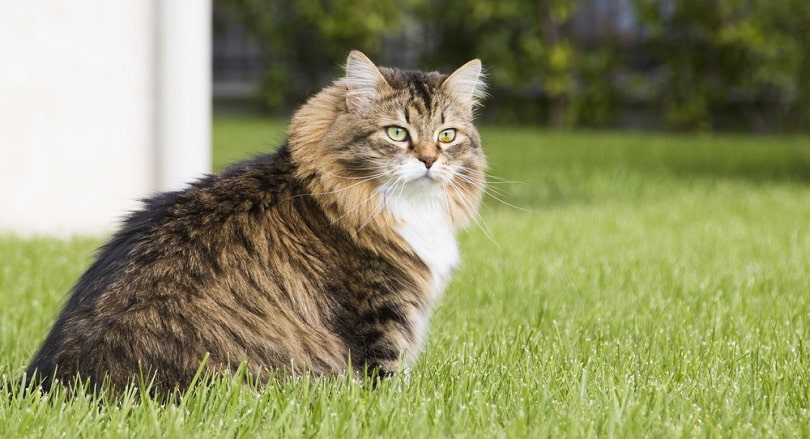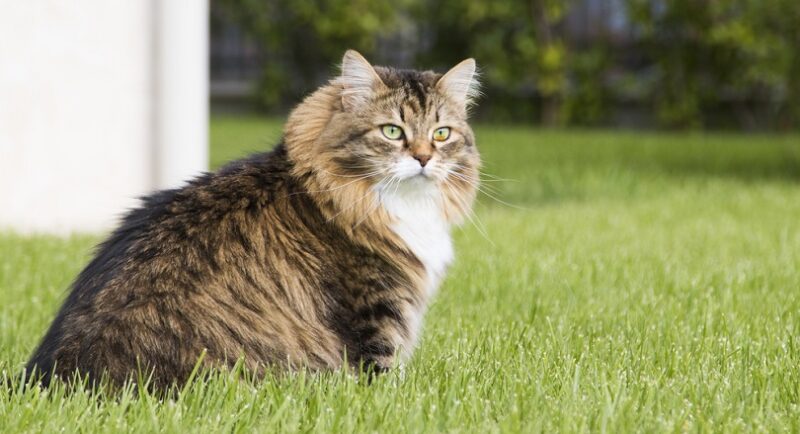Click to Skip Ahead
The Siberian cat, also known as the Siberian Forest Cat, is Russia’s national cat. This ancient breed has a dense, medium, or large coat that grows thicker in cold weather. While there’s no allergy-free cat, the Siberian has been found to have fewer levels of Fel d 1, which are primary protein allergens present in cats’ saliva.
Due to these low quantities, Siberian Cats are often considered hypoallergenic. Despite this, small amounts of Fel d1 1 can spark up allergies. Allergies can be severe and cause puffy eyes and nasal congestion.

Siberian Cats Physical Attributes
In terms of size, Siberian cats are medium to large cats. They are well-muscled and athletic. Their eyes can be blue, gold, or green, and some have differently colored eyes. Their legs are medium length, with the hind legs slightly longer than the front legs.
Due to the climatic conditions of their state of origin, they have a water-repellent triple coat. The coat thickens before cold weather arrives and varies in texture from soft to coarse.
Siberian cats come in different color variations, from whites to off-whites. The cats take up to 5 years to fully mature, and the males are slightly bigger than the females.
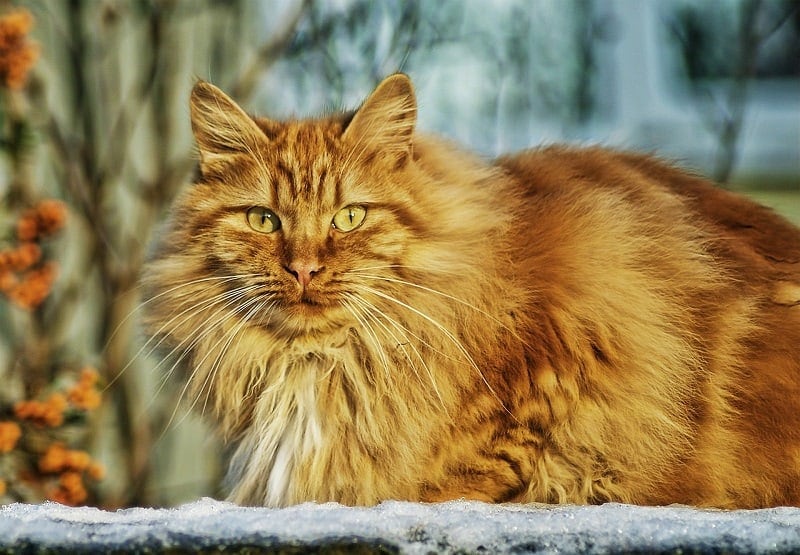
What Causes Cat Allergies?
Is a member of your family experiencing allergies around your Siberian? The cat’s hair, saliva, or dander may be causing it to occur. When a cat licks their fur while grooming, the saliva will dry up to create dander which most people are allergic to.
Due to their heavy fur coats, the Siberians shed heavily after the winter season and molt lightly at the end of summer. For allergy sufferers, the hairs can trigger reactions, especially if the protein content is high. Most cats spend their time in spaces where humans hang around, like the bed, which can retain the fur.
How to Know If You Are Allergic to a Siberian Cat
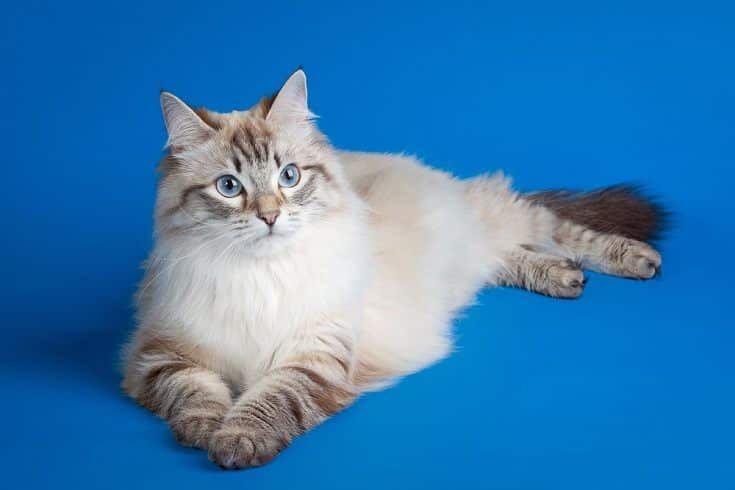
1. Have a Test Done
Before getting the Siberian in your home, the breeder or vet can test your cat’s allergen levels. Doing this early helps you determine what is specifically causing the allergic reaction. This procedure is highly recommended for people who have severe allergies.
2. Spend Time With the Cat
Some breeders allow you to hang around with the Siberian cat for a couple of hours before you fully commit to taking them home. This process lets you know if the cat is healthy, what triggers the hypersensitivity, and whether the cat is a good fit.
Tips to Reduce the Allergies
While the Siberian is a low-allergy cat, there are several methods that you can also incorporate into your routine to reduce the occurrence of allergic reactions.
1. Regular Bath and Grooming
Siberian cats shed twice a year. During the other periods, they may have loose hairs, which eventually shed on your floor or carpet. Ensure you brush your cat frequently to keep the loose strands to a minimum. Regular baths also get rid of dander, which is one of the most common allergens.
2. Regular Housecleaning
A thorough vacuum and sweeping session will reduce fur and dander in your home. It also clears up the air in your home, so there are no floating fur hairs. It’s best to invest in a good vacuum cleaner designed for pet hair.
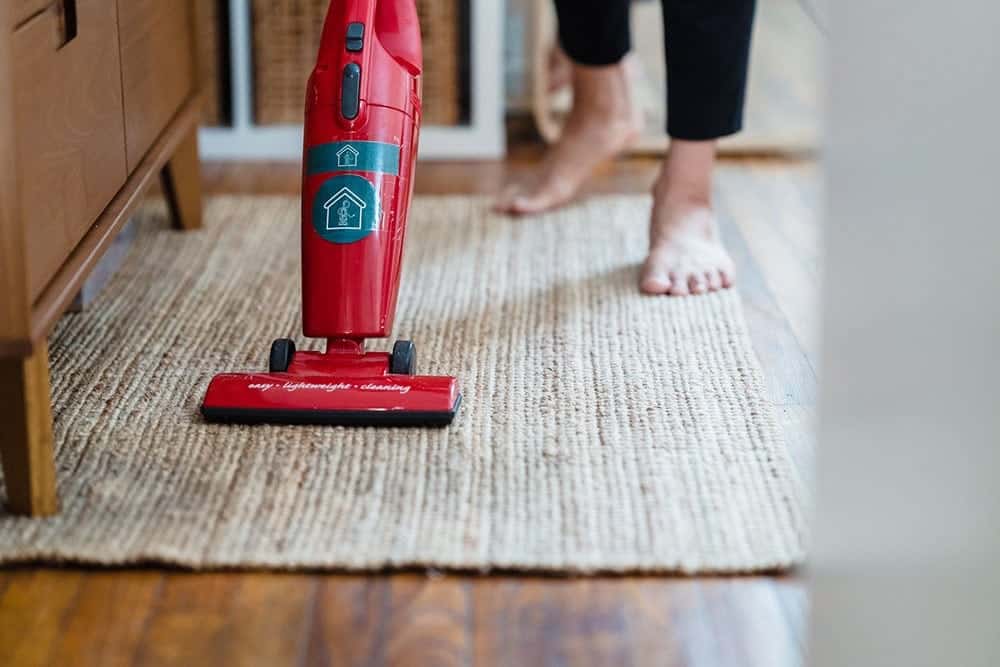
3. Limit Interaction Between Pet and Affected Individuals
If you can, reduce the interaction or cuddles between your Siberian cat and the person experiencing the allergies.
4. Proper Handwashing
Immediately after handling or cuddling your cat. If you are hypersensitive to the fur or saliva, scrub up periodically during the day to prevent allergens from coming into contact with your nose or eyes.
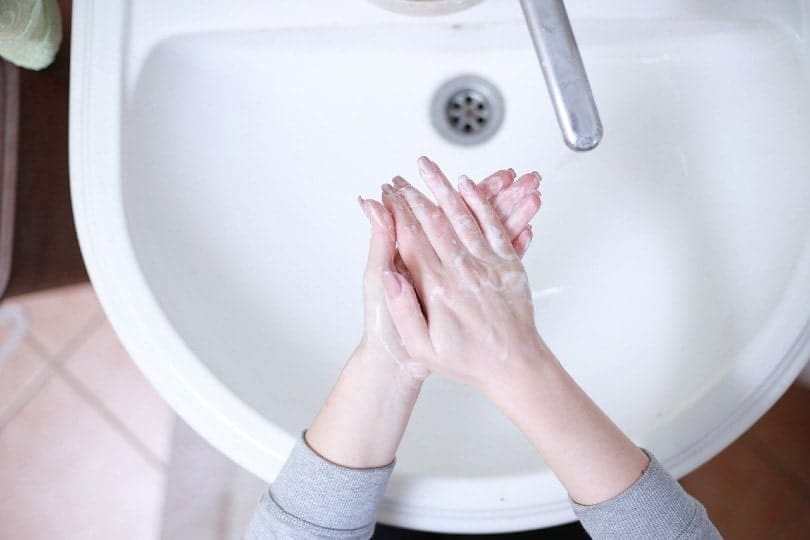
5. Get Medication
If all the natural methods listed above fail, you can contact your physician to recommend the best anti-histamine medications for your allergies. Your doctor can determine the most suitable long-term treatment or allergy shots for your condition.
6. Proper Research
There are so many breeds of cats worldwide. Each new day, breeders develop improved varieties that have become popular with families. Before getting a cat, find out if you or anyone in the family is allergic. You can also consult breeders or vets to find the best pets to keep for allergy sufferers.
Siberian Cats as Pets
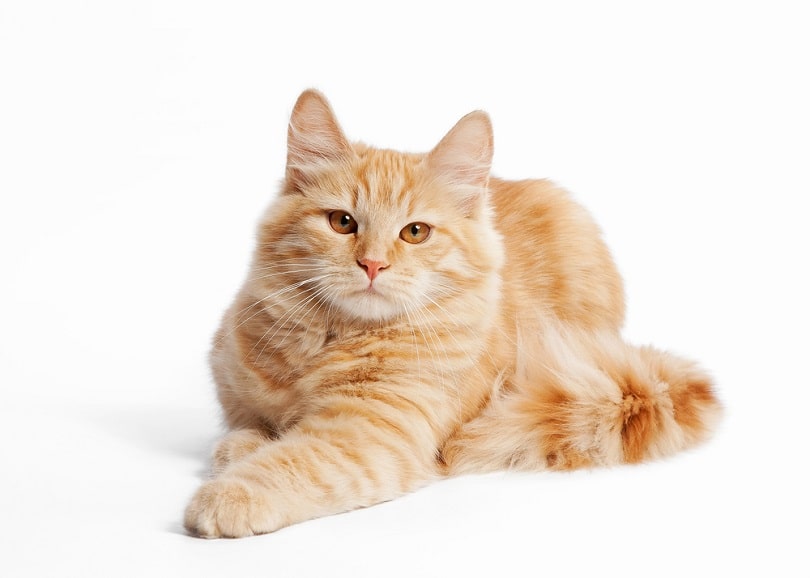
These breeds of cats are very favorable for children. They are calm and easygoing and enjoy the company of their owners, dogs, and other animals. Siberian cats are very affectionate and playful. As low-allergy cats, they are easier to manage than other varieties and are ideal for families.
Summary
Cats are one of the most popular furry pets kept by humans. However, if you want to add one to your home, you should consider whether your family members or partner have pet allergies. You might need to go for breeds that shed less, such as the Siberian.
Siberian cats make great companions and have a lower Fed d 1 level in their saliva. However, if someone is hypersensitive to cats, it’s advisable to take allergy tests to determine whether they can co-exist with a Siberian.
Featured Image by: Massimo Cattaneo, Shutterstock

